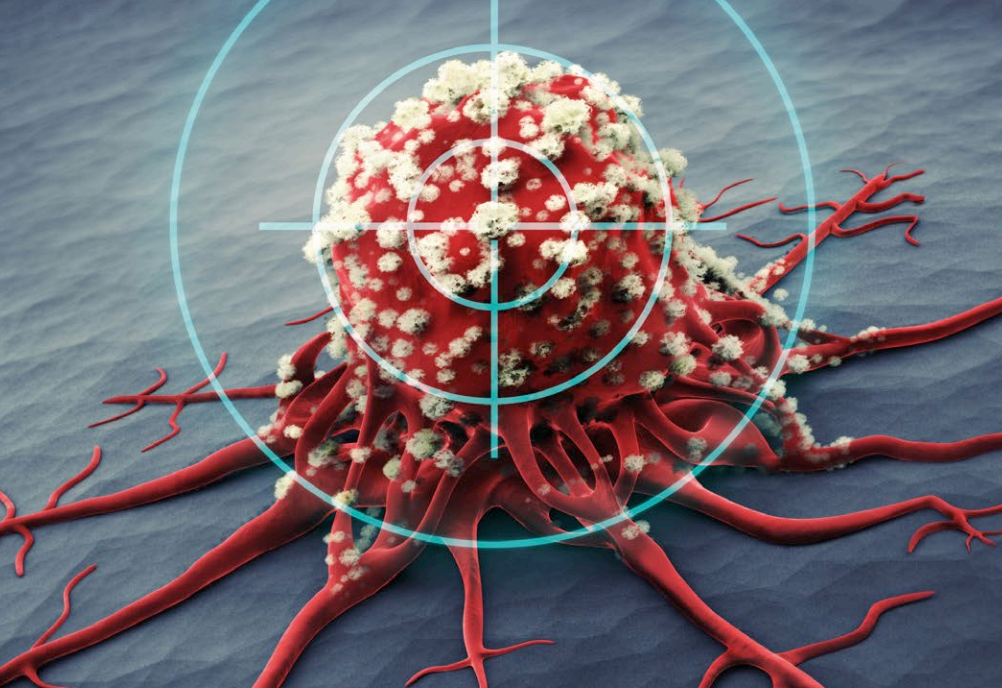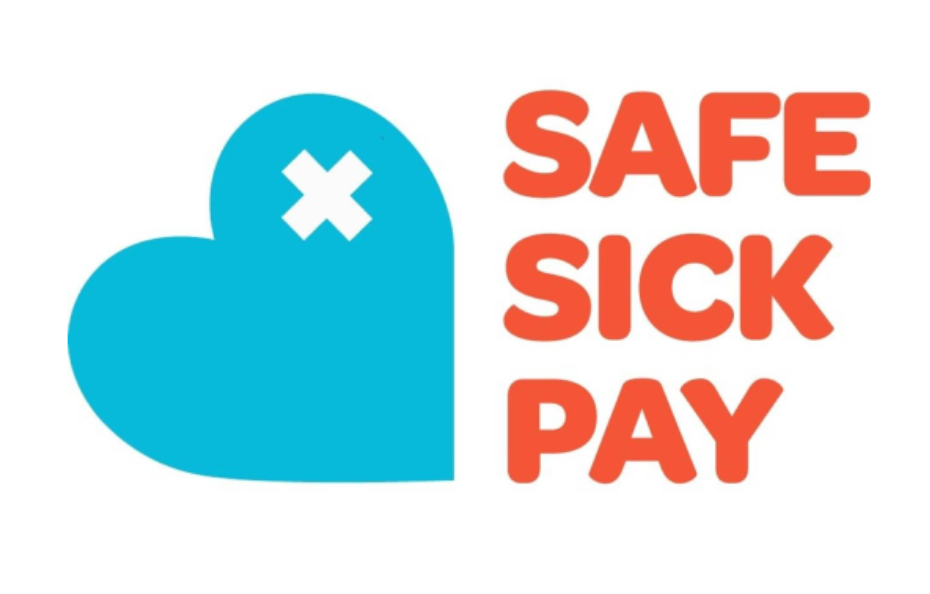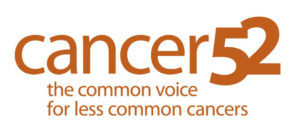Share this Page:
At the European International Kidney Cancer Symposium (EIKCS) in Antwerp, Belgium at the weekend, there was an interesting session on the use of radiotherapy for the treatment of advanced kidney cancer.
Radiation therapy for the treatment of kidney cancer
The first presentation was on the role of radiotherapy in the management of patients with kidney cancer. Recent technological advances in radiotherapy technique, particularly the use of stereotactic ablative body radiotherapy (SABR), enables the radiologist to focus the radiotherapy beam on certain areas of the body that are moving. This has enabled the use of radiotherapy for the treatment of kidney cancer. SABR is a safe treatment for kidney cancer using high doses of radiotherapy that destroy metastases (ablation). SABR has so far typically been used for the treatment of tumours or patients who cannot be operated on.
Radiotherapy for the treatment of brain metastases
This presentation highlighted the treatments available for patients with brain metastases from kidney cancer. It was suggested that radiotherapy should be given before starting drug treatment. Also, routine brain MRI scans should be considered. With respect to the choice of medicines and advanced kidney cancer, it was recommended that cabozanitinib, either alone or in combination, is the preferred choice, especially when local therapy is challenging.
Radiotherapy for oligometastatic disease
Oligometastatic cancer is where there is a limited number of metastases, and the disease has not yet spread widely throughout the body. This presentation looked at the role of radiotherapy in patients with oligometastatic kidney cancer. Stereotactic body radiotherapy (SBRT) is able to destroy some of the cancer safely and effectively in oligometastatic kidney cancer. When combined with a TKI medicine, this combination approach may improve outcomes compared to medicine alone. Further work will better define its role in combination with immunotherapy.













